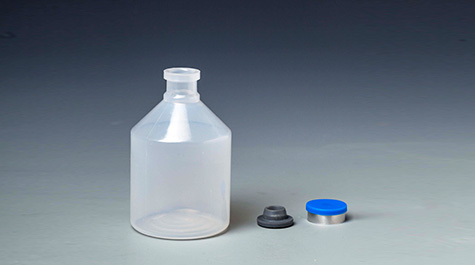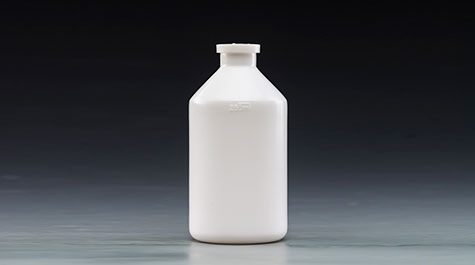Veterinary vaccine bottles play a very important role in the transportation and storage of animal vaccines. They are mostly made of high-density polyethylene or polypropylene raw materials through different processes. So, what problems should be paid attention to during the use of this kind of packaging?
250ml PE plastic vaccine bottle
First of all, veterinary vaccine bottles before they are put into use should be stored in a cool, ventilated, and dry place, with no harmful or corrosive items around them.
2. Before the vaccine is immunized, first observe whether the veterinary vaccine bottle is completely sealed. If there is leakage, vaccine demulsification and delamination, it means that the vaccine has deteriorated or is contaminated, and it is forbidden to use it.
3. Before using the vaccine, check the instruction manual inside the box (box), and check the bottles one by one. The bottles are intact and tightly sealed. The name, batch number, production date, expiration date, specifications, etc. should be clearly marked on the bottle label.
4. The inactivated seedlings should be shaken well before use, and shake again before sucking the seedlings each time. the
5. Strictly follow the recommended dosage in the instruction manual. The vaccination dosage should be accurate, do not overdose, and do not reduce the dosage without authorization.
6. Registration should be done when using the vaccine, including the name of the vaccine, batch number, place of injection, date and number of livestock (poultry), etc.
After the vaccine immunization is completed, the discarded veterinary vaccine bottles should not be thrown away. They should be collected for pollution-free treatment to avoid secondary pollution of the farm.


没有评论:
发表评论